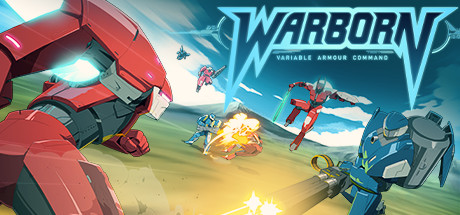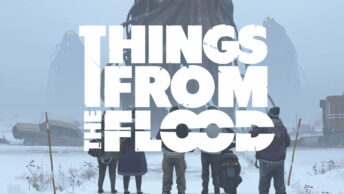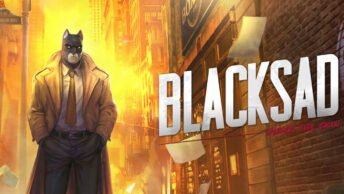Is this the game Advance Wars fans have been waiting for?
Type: Singleplayer, Multiplayer
Genre: Strategy, Tactics
Developer: Raredrop Games Ltd
Publisher: PQube Limited
Release date: 12 Jun, 2020

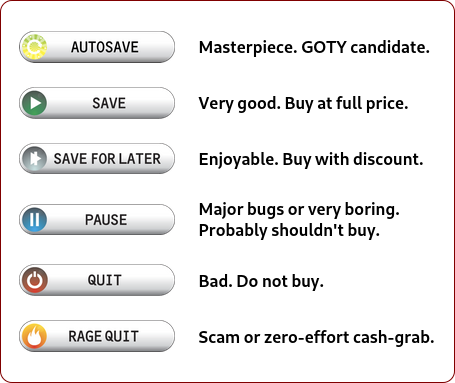
Simple and approachable strategy games are surprisingly rare, at least fun ones. While there are plenty of deep and complex strategy games on the market, few take the opposite approach and make something that’s very easy to just pick up and play, even for someone new to the genre.
Warborn is of course one of those exceptions, a strategy game that strips out most of the complexities that the genre is known for, in order to make the game that’s user friendly and inviting, and drapes it all in a bright 80’s/90’s mech anime aesthetic.
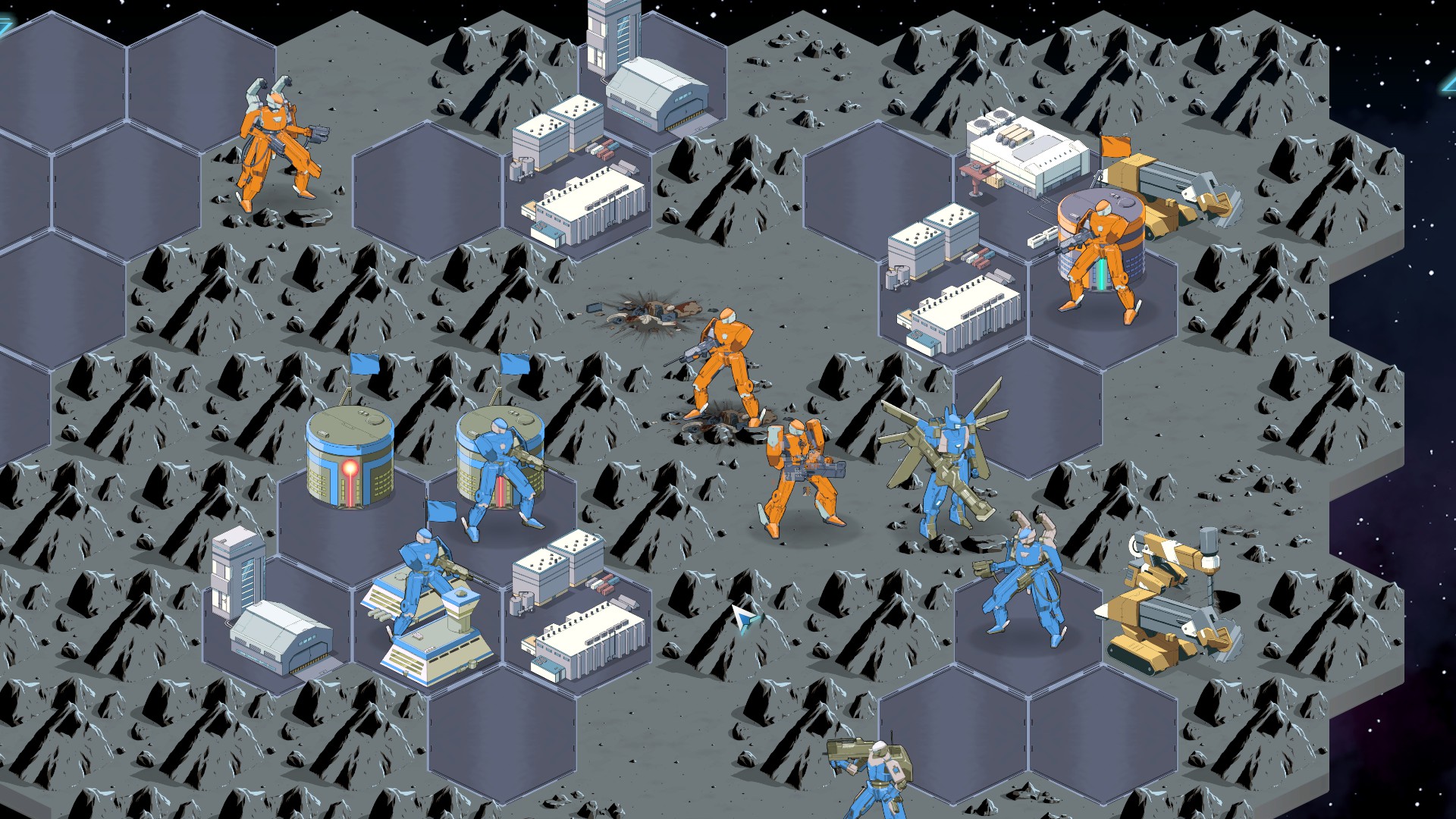
Story & Setting
In the future, humanity has developed warmachines known as Variable Armour, that is, bipedal warmachines piloted by a human. Or as they’re more commonly known, mechs. Every setting with mechs seem to need its own name for these things. These heavily armed and armoured machines dominate the battlefield, with their advanced weapons and high mobility.
Humanity has managed to reach the stars, and in one of the systems that’s been colonized, the Auros system, trouble is brewing. An uneasy peace has been brokered between several factions, but this peace is about to be shattered, as trouble is brewing.
In the main campaign you’ll get to see the conflict from the perspective of four of these factions. All have their past grievances’ with each other, and even when pirates start raiding the colonies, and a mysterious group piloting unmanned variable armour show up, they can’t let bygones be bygones, and work together to face this foe.
The story in Warborn is not its strong point. It feels like most of the conflict comes down to the contrived writing, like they can’t have anyone work together, even when it’s in both sides best interest to do so, and their reasoning for not wanting to work together are pretty weak. But if this game is taking its inspiration from 80’s animated TV series, then that’s probably true to form
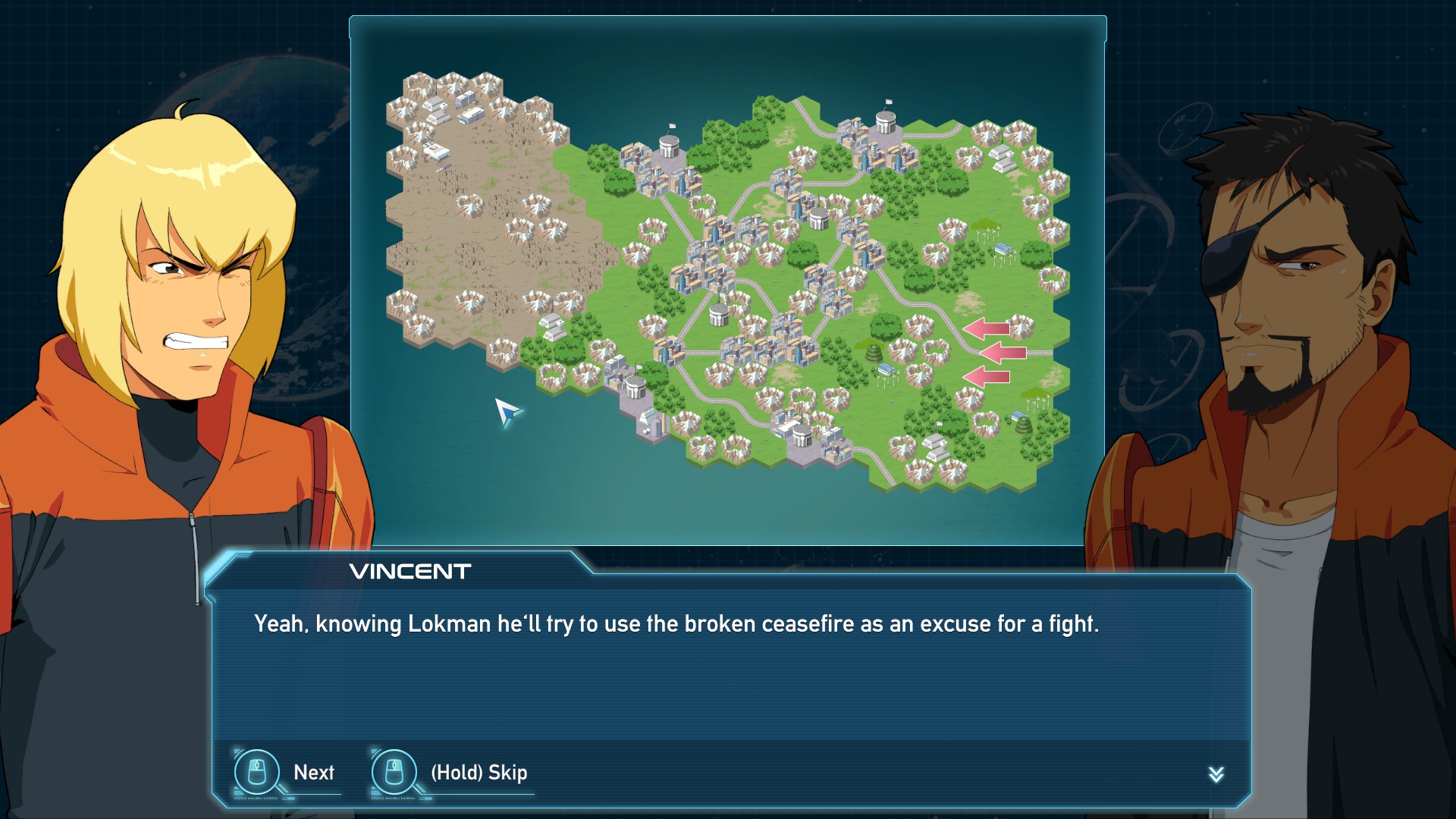
Presentation
One word that comes to mind when seeing Warborn’s presentation is “clean”. Almost everything in the game looks very clean, with is bright, contrasting colours, and its low amount of details. Usually graphics not being very detailed is seen as a negative, but when done with purpose, and in the hands of a skilled artist, the result can be a very good looking game.
The game does not just look clean, but also very coherent, and easy to read. All the mechs, sorry, Variable armours, look like they belong together, they have a similar design, and what sets them apart is their weapons, pose and a some different colouration. There are a few exceptions to this rule though, and they all come from the hero units. Every faction has its own unique hero unit, which has its own distinct look, that stands out from all the regular units.
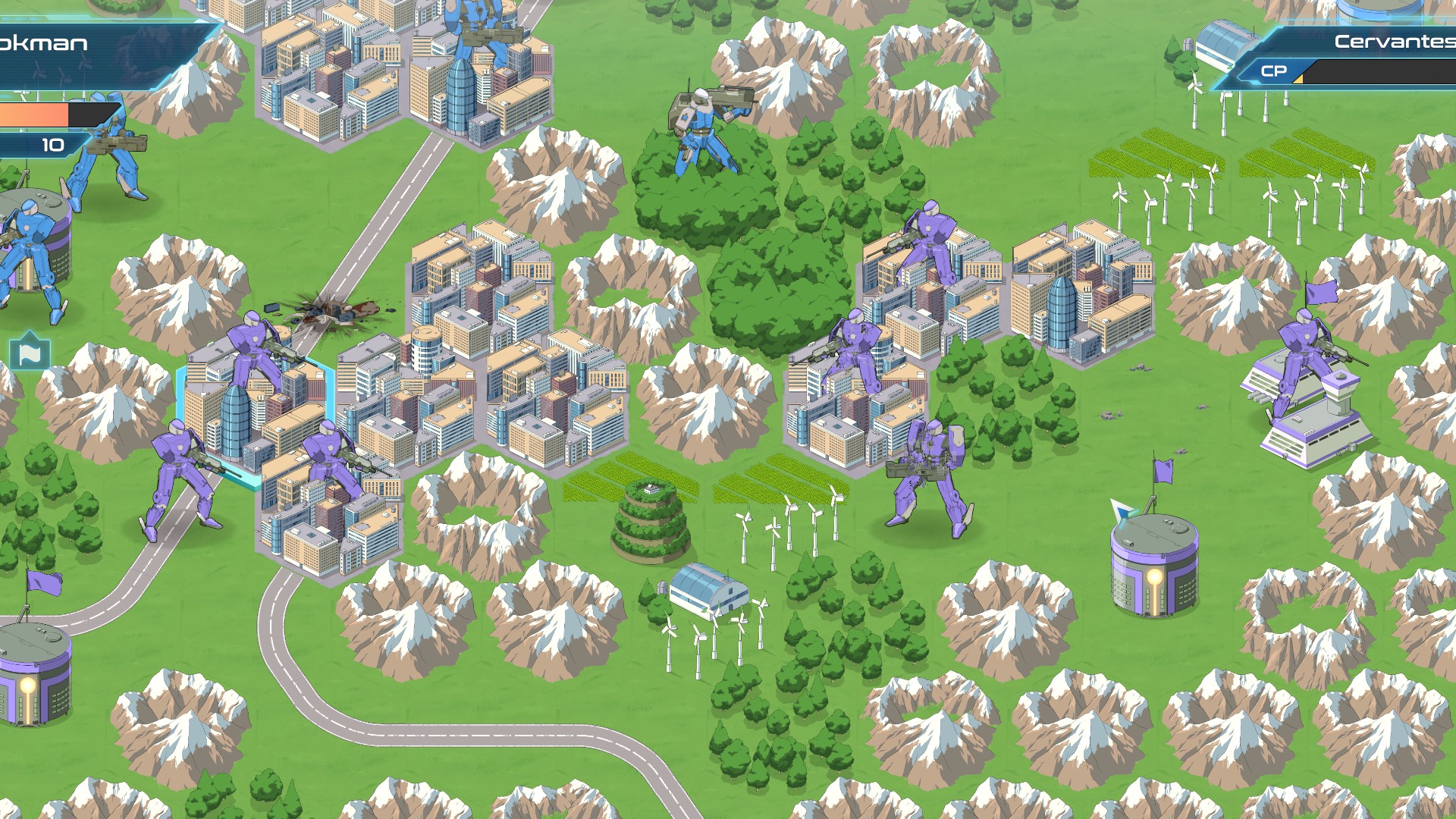
There’s a good amount of personality conveyed in the games animations. The heavy units move slowly, while the faster units have a more nimble-looking run animation. Whenever a unit attacks another, the game zooms in on the fight, and you can see how they fight. The sniper unit has a kneeling position, and takes careful aim, before firing a single powerful shot, while the regular trooper unit brings its rifle up to eye level, before firing, and the heavy artillery unit braces itself before unleashing its deadly barrage. Small touches like this does wonder for the game.
Music is an often overlooked part of turnbased games, but most of the time, there’s not whole lot going on that will make noise, other than the currently selected unit. Thus without music, the games can feel weird and empty. Warborn is no slouch with its music. It’s quite high energy for a strategy game, and that works well for this game. This is not the kind of game where you’ll sit back and ponder every move carefully, it’s the kind of game where you make rapid decisions and watch big robots fight each other, and the music matches that. The sound effects are also well made. They fit well with what they’re supposed to sound like, without getting annoying. They do exactly what sound effects should do in a game like this, and give feedback, and also complements the animations well.
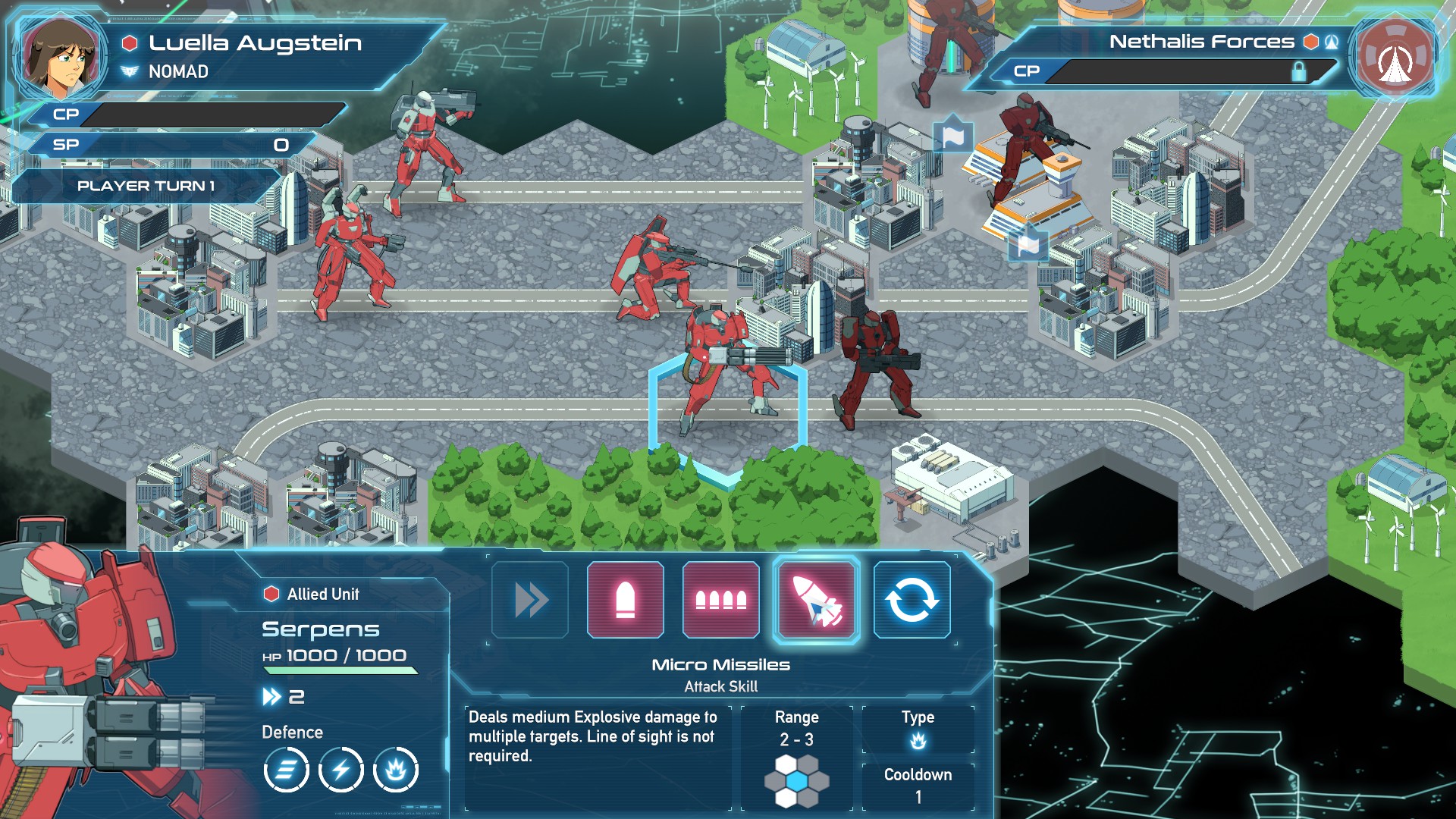
Gameplay
Almost all levels in Warborn boil down to one of two things: Either kill all the enemies, or capture specific locations. To aid you in doing that you’ve got an army of mech suits at your disposal. Some levels have you start with a bunch of them, while other levels let you build up your own army.
There are a large number of different units, or variable armour, and each has its own unique set of abilities, that give them a distinct role. The basic troopers are used to take structures and are both cheap and fast, but die in one to two hits from most other units, the snipers have long range, and deal high damage and can also be used to cripple enemies, but are slow, expensive, and can only shoot in straight lines, artillery units have a high threat range but is expensive and won’t be able to fight well in close combat, the hacker unit can disable enemies for a turn and so on. No unit can do everything, but some are more flexible than others, and most units also have weaknesses that certain other units can exploit.
Warborn has pretty small maps, that with a few exceptions don’t offer much space for flanking the enemy, instead positioning, making use of terrain and using the right units is the key to success. Most direct fire weapons can also only shoot in straight lines, which means that it’s possible to move close to an enemy without them being able to fire at you. Indirect fire don’t have this limitation, and can shoot freely at anything within range. Terrain does of course offer some protection against attacks, and can be the difference between keeping and losing a unit.
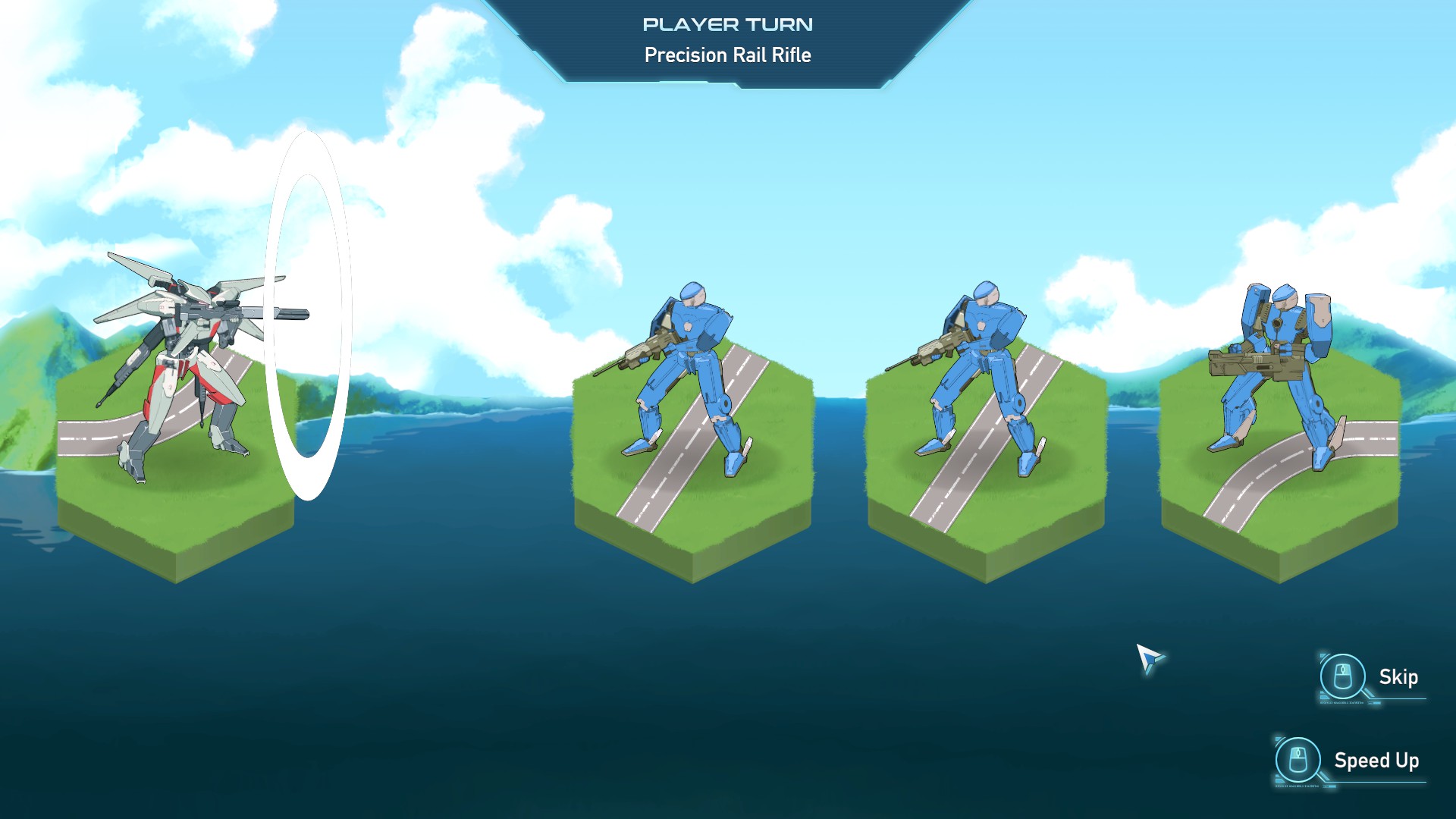
Most maps have two special types of locations, resource collection buildings, and buildings that lets you build new units. Taking these building is as simple as moving a unit that has the ability to capture locations, and using that ability. Once they’re yours you can start using them. Resource collecting buildings will passively generate resources for you (there’s only one type), which you in turn can spend on new units. You can only build a maximum of one unit per turn in any given location that can construct units, and depending on the strength of the unit that’s being constructed, it will have a different cost. If you have a single location that can construct units, and a lot of resource generating locations, then you can just keep building the more expensive units, but in most cases you need to make a choice between getting a few expensive or a lot of cheap units.
Finally, there’s the commanders. One some levels you start with them on the battlefield, and on some you need to call them in from a place that lets you construct units. You can’t just call on them right away, you need to fill a bar for that. The bar fills up as you fight, with losing units filling it up faster than killing enemy units, which creates a chance for the losing side to make a comeback. The commanders are much more powerful than the regular units, and can turn the tide of battle, but lose them and you need to not only fill up the bar again, but also wait at least 5 turns, and in a game where most levels will be beaten in under 20 turns, 5 turns is an eternity. You can also deplete a full bar to activate the commander’s special ability, which makes your units stronger for a turn. In what way they become stronger depends on the commander, but they can be things like all your repair abilities gets significantly stronger for a turn, to all your units deal more damage if they stand close to a friendly unit for a turn. The effect can be game changing, if used at the right moment.
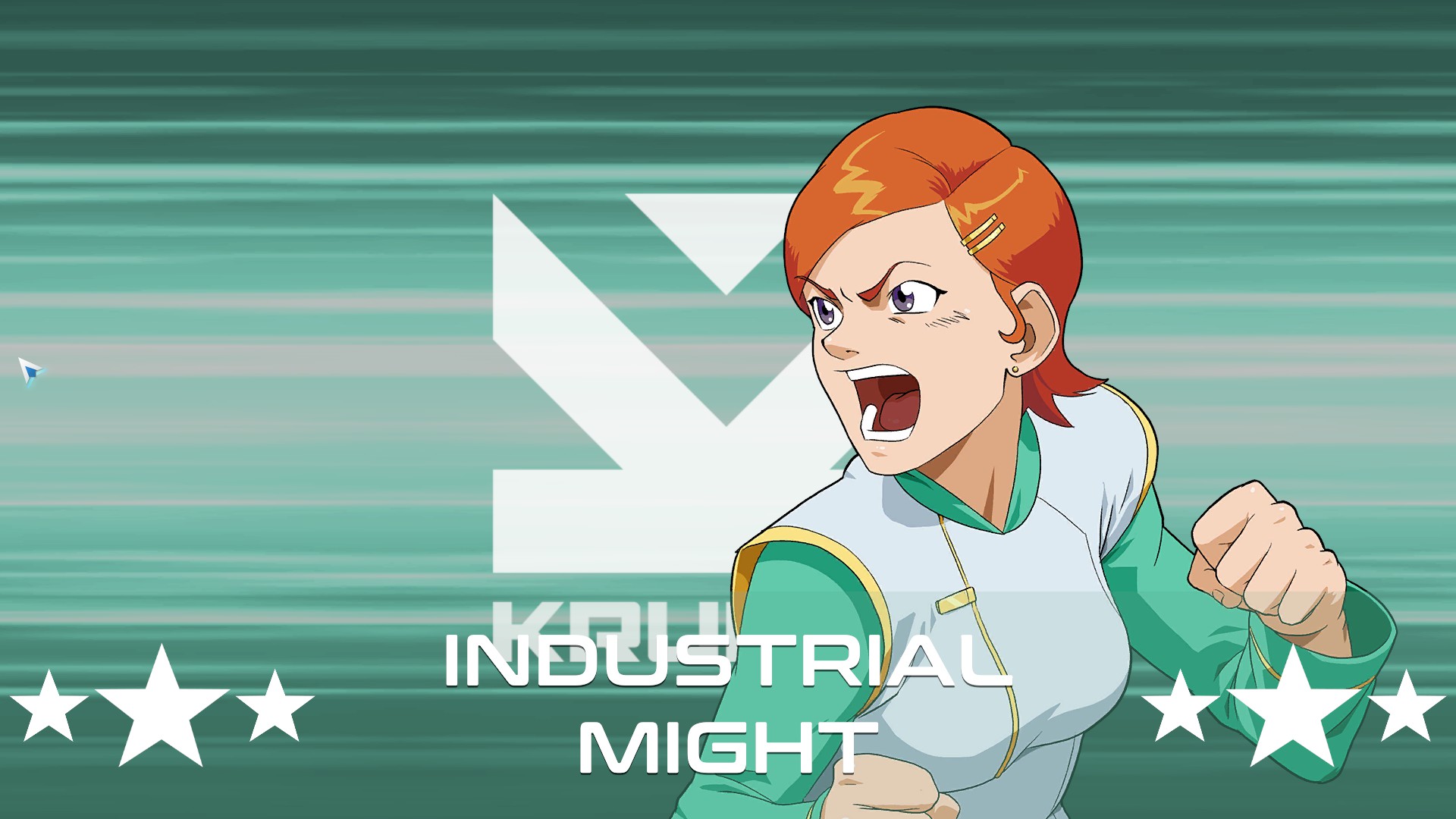
Sadly the game also has a few things it does not do very well. The AI is very predictable, and can do questionable things. As an example, it will always try to capture a building, if it has a unit that can do so in range of it. It does not matter if the unit will then be shot to pieces, or if it could take out a high value target, it will prioritize capturing buildings. It also does not know when to use its commander ability, and will do that as soon as the bar is full, and it can decide to leave units that are able to strengthen each other behind, as they’ll much rather keep buffing each other, than move towards the front line. These buffs are temporary, so you’ll not have to contend with a super unit once you reach them. The campaign missions don’t really seem to take the weakness of the AI into account, and thus there are some missions that end up being a lot easier than the developers probably intended.
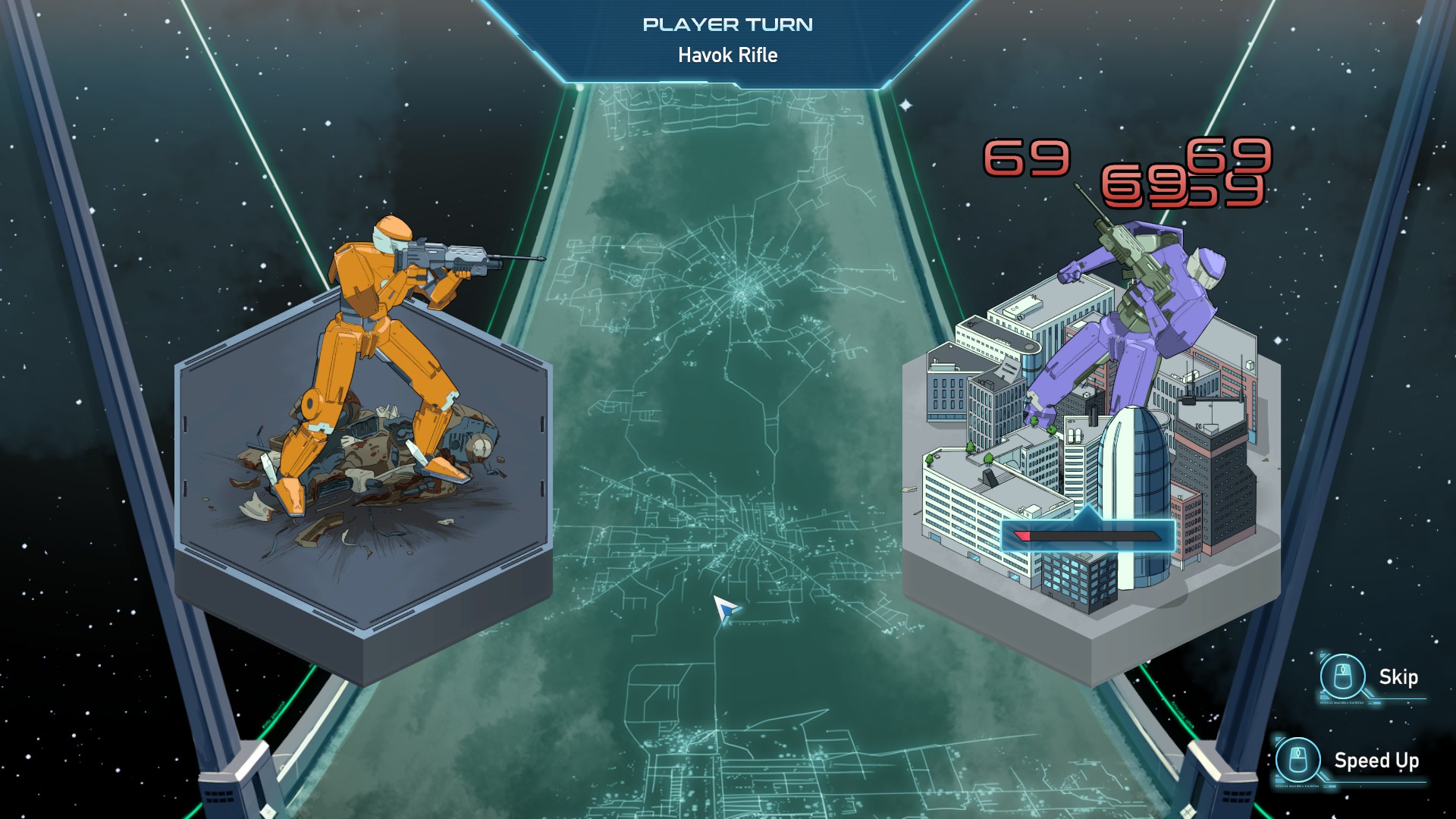
Closing Thoughts
It’s not often that we get a simple turnbased strategy game that still is as fun to play, and feels as fleshed out as this one. It’s not a modern day Advance Wars though, so let’s just get that out of the way, as most of the talk I’ve seen surrounding this game has been comparisons to Advance Wars. It’s similar in that it’s a straight forward and approachable turnbased strategy game, with a colorful and clean aesthetic, and it even has the commander powers, but most other things work differently from Advance Wars.
This is a great game for people who are new to these kinds of strategy games, or people who just play strategy games occasionally. Strategy game veterans will likely find the game too easy though, as the AI does not put up much of a fight once you’ve figured out how it works.

